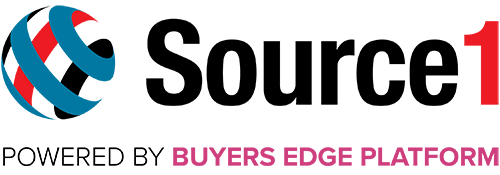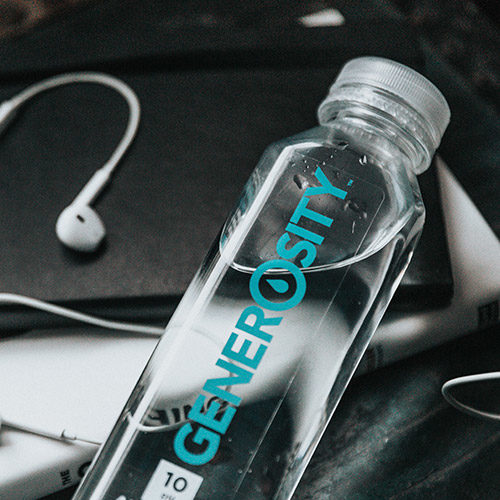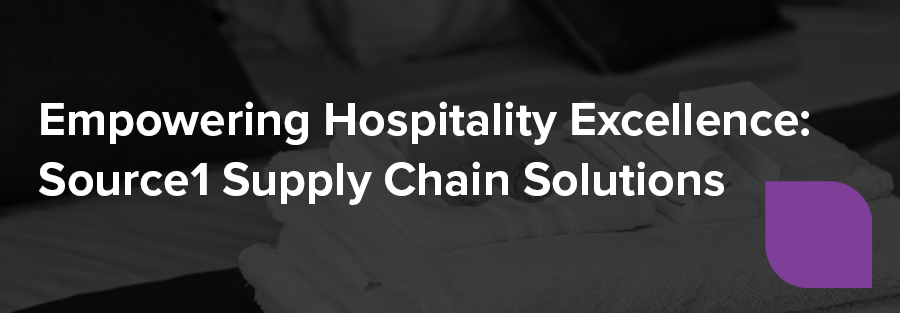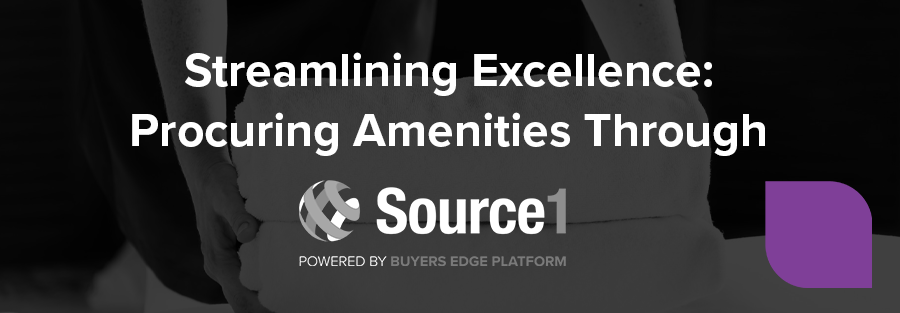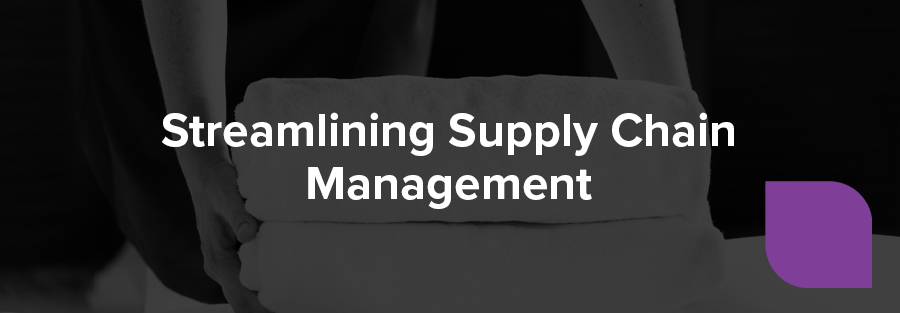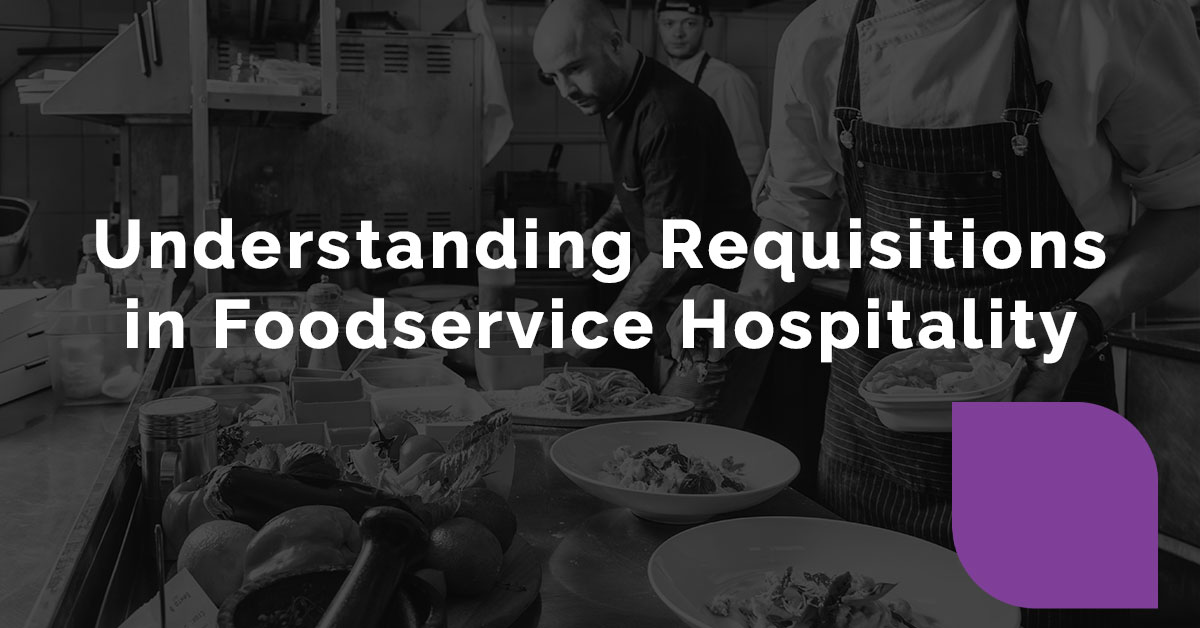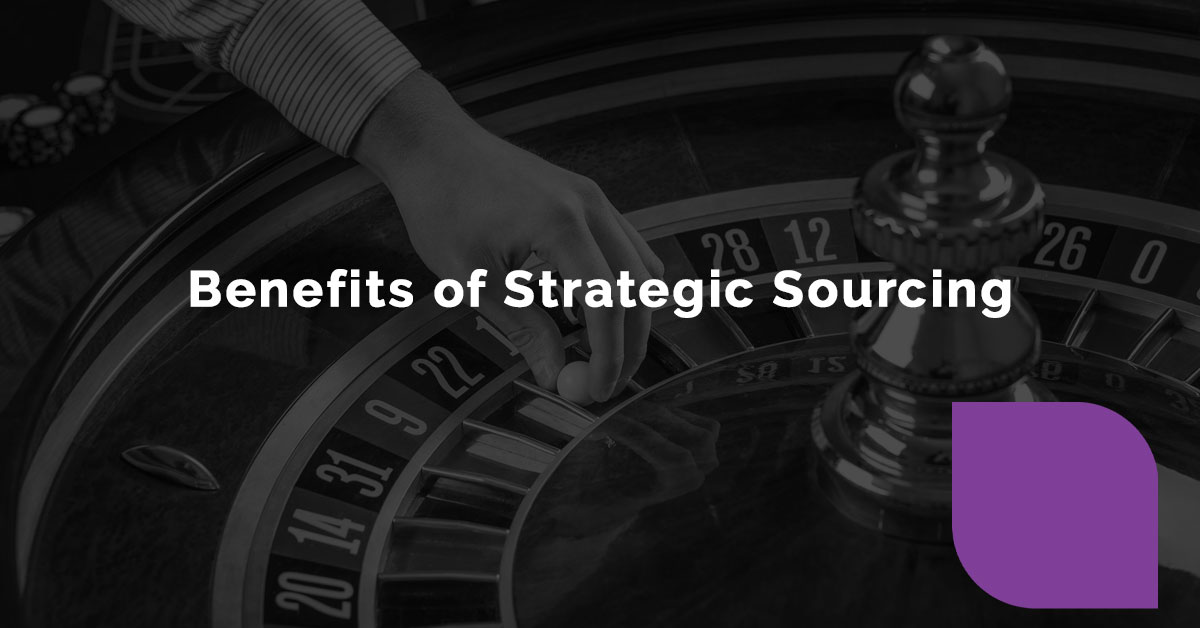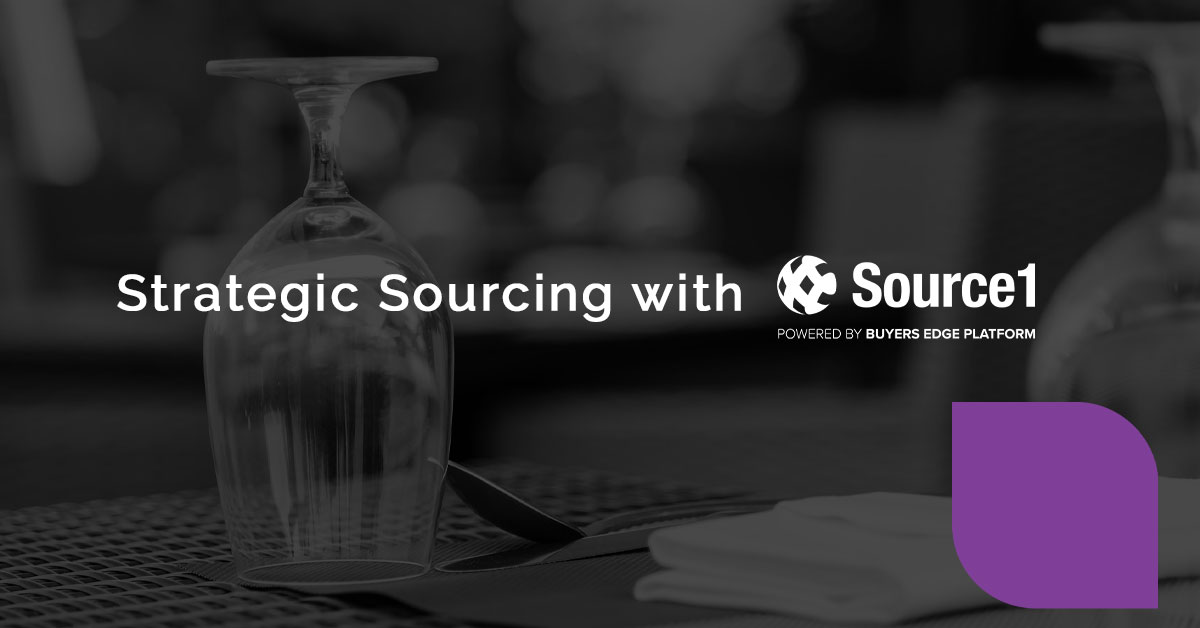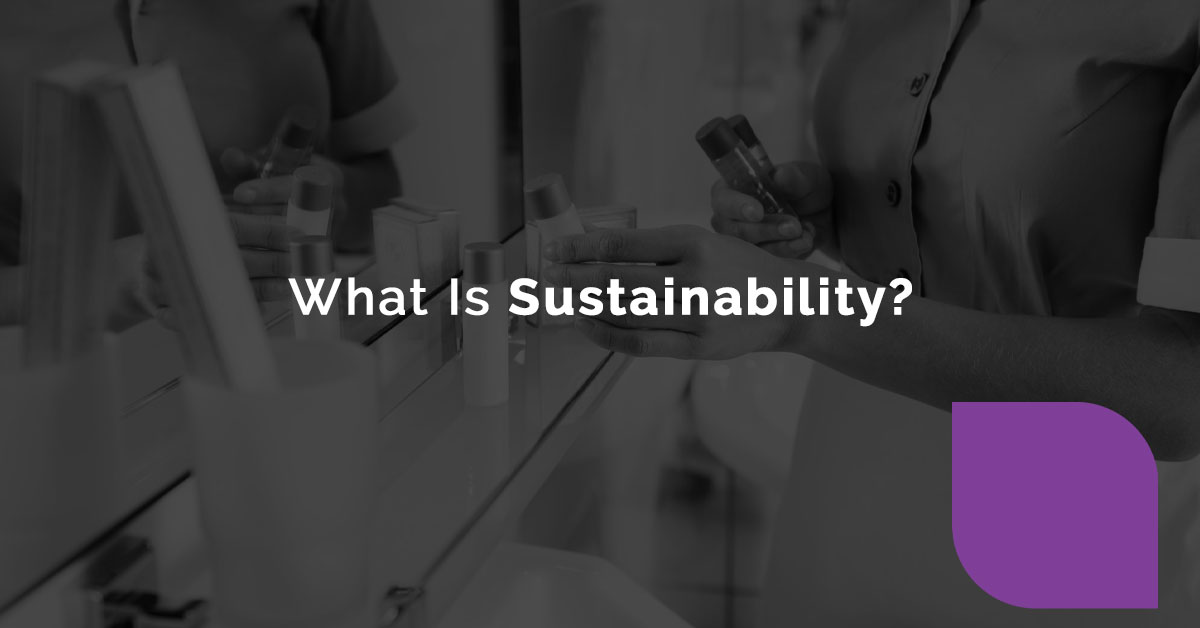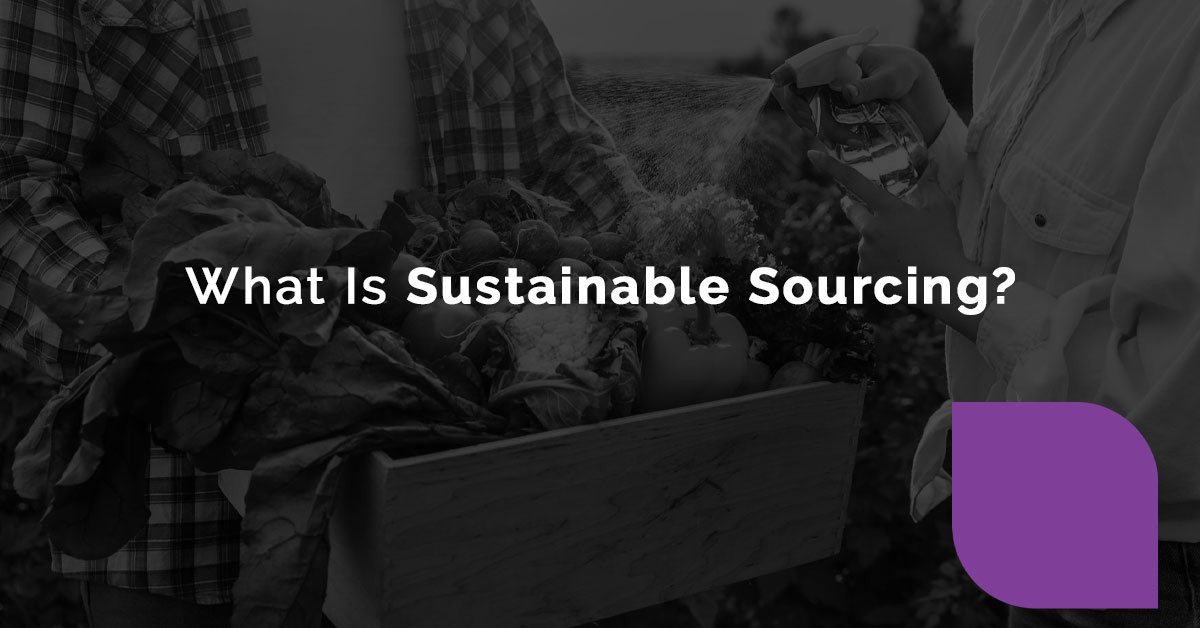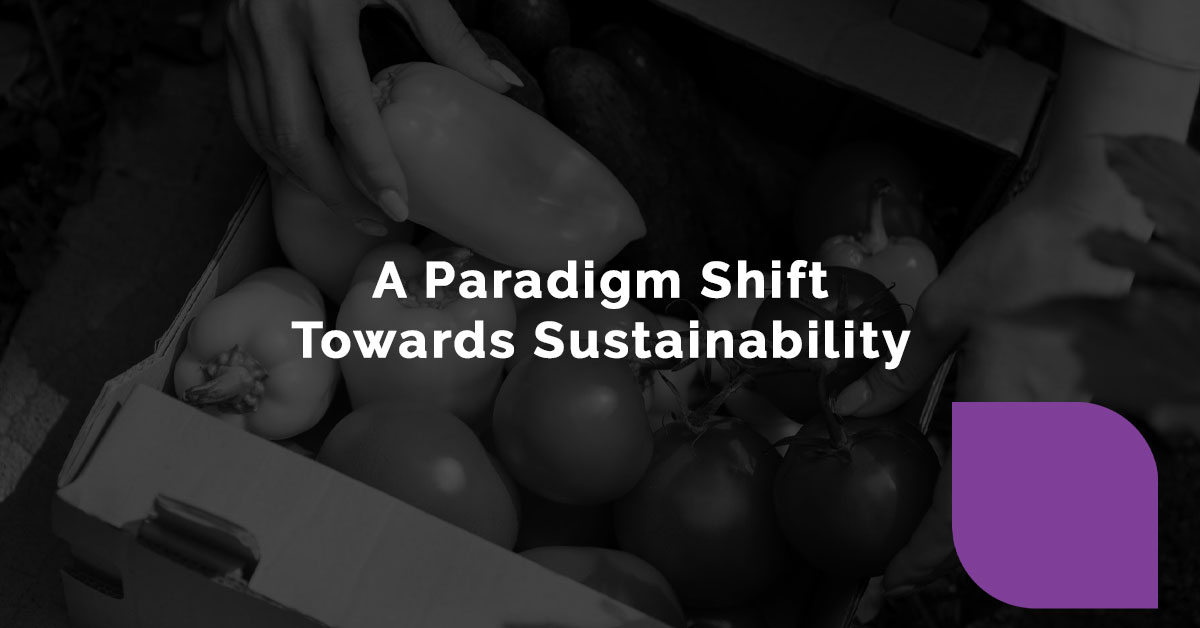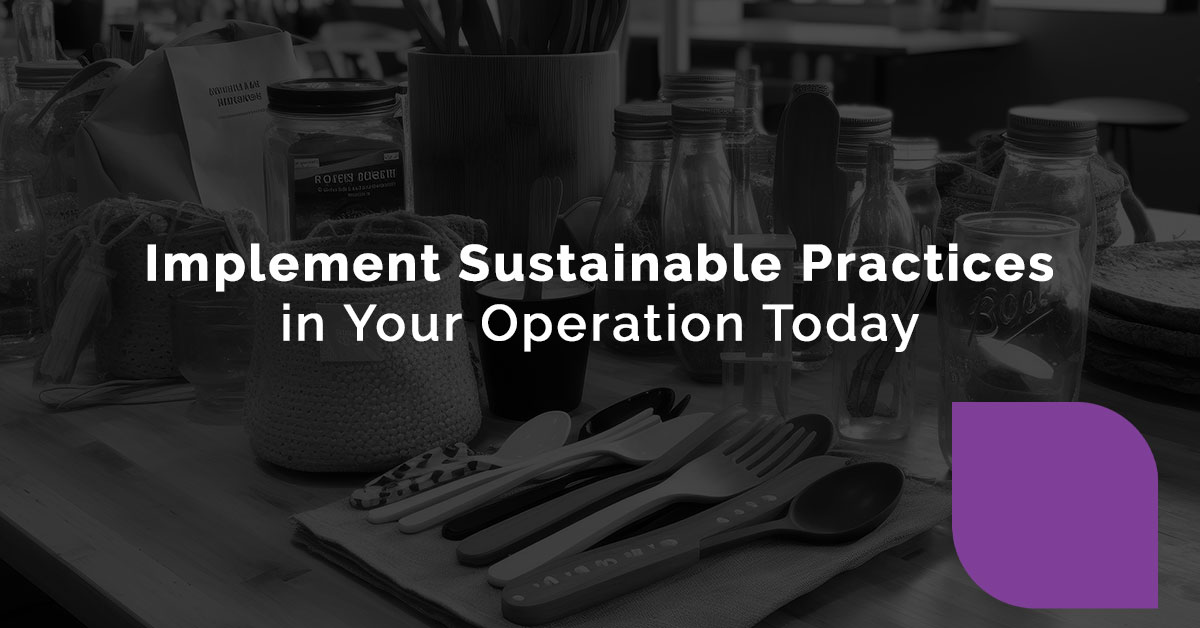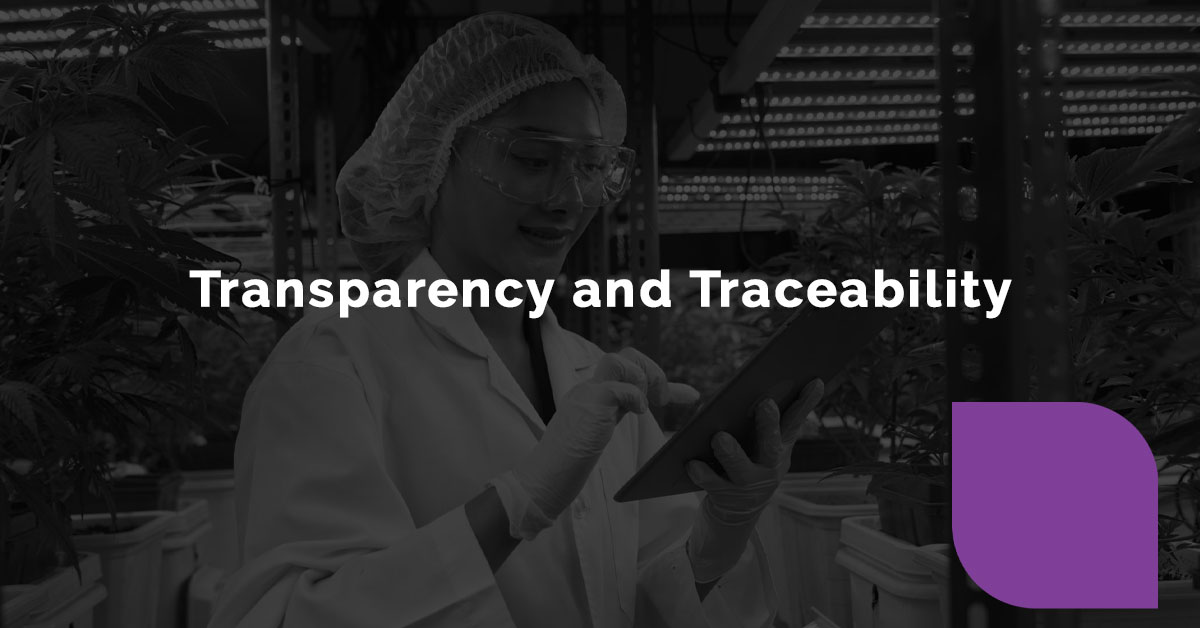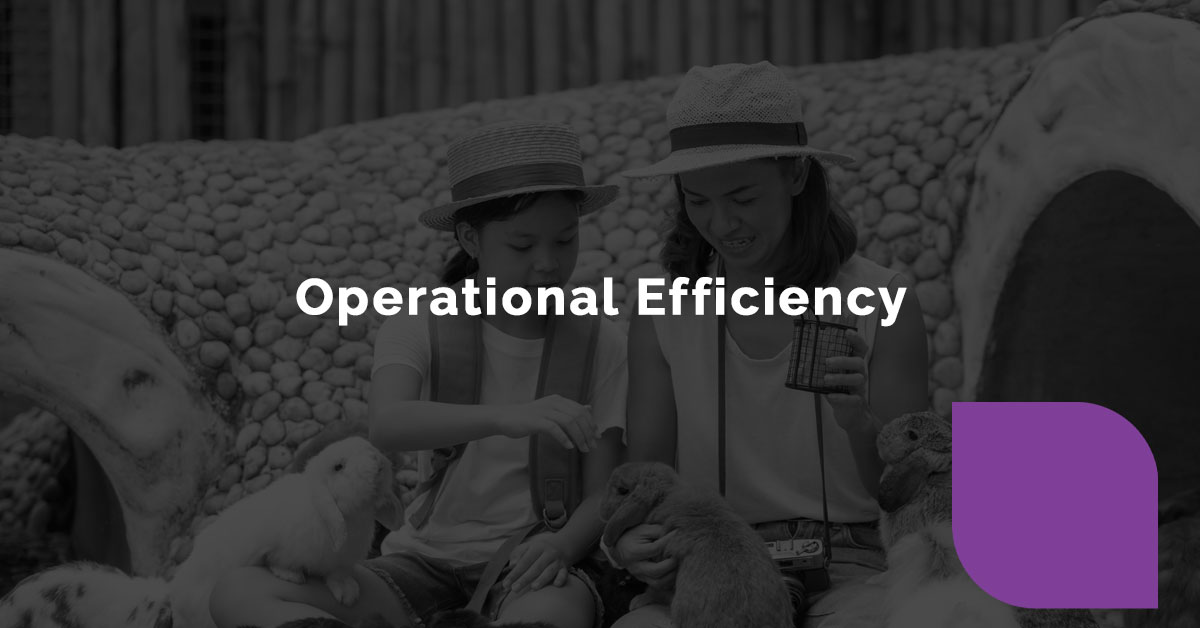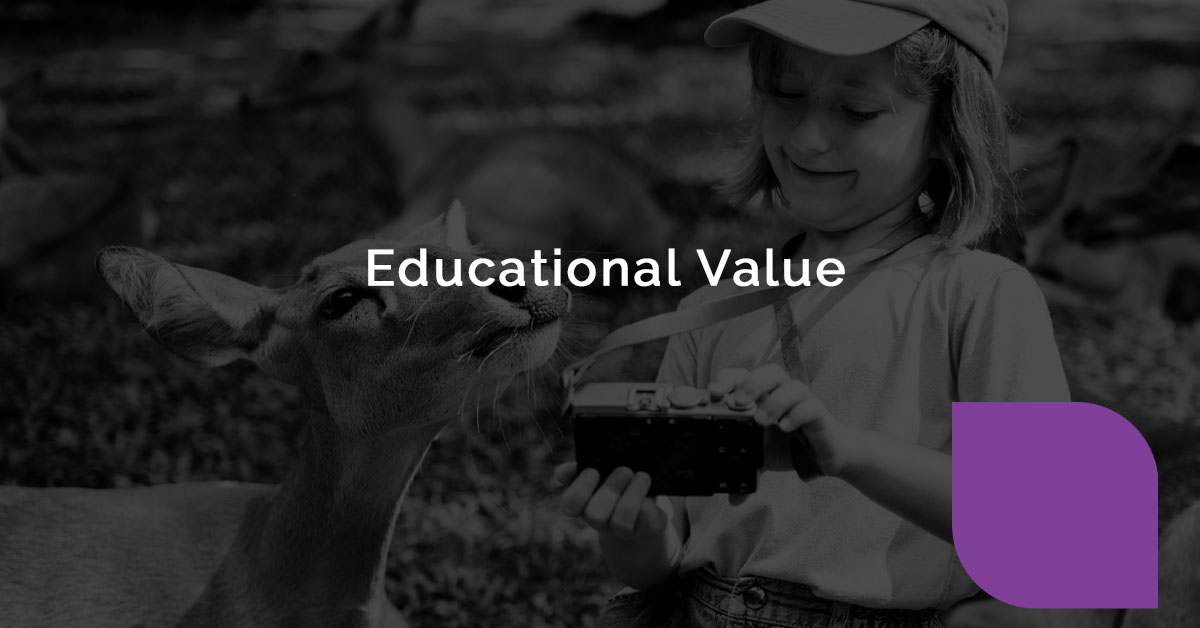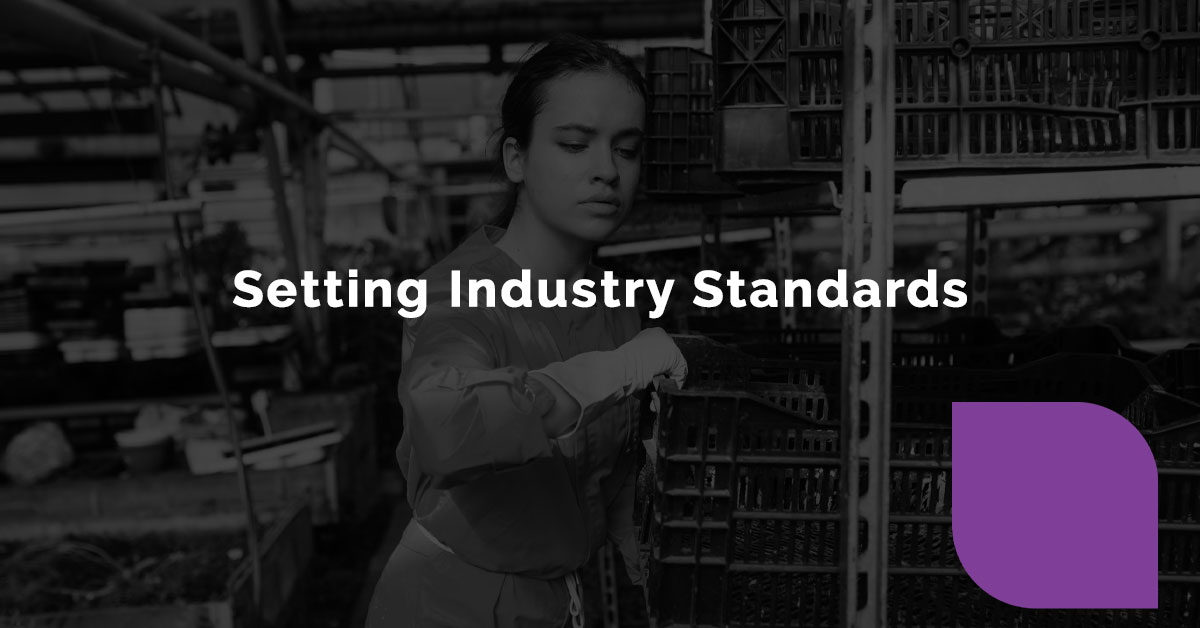Source1: Your Partner in Hospitality Supply Chain Efficiency
Ever wondered how to master the complexities of the hospitality supply chain to enhance your bottom line and exceed customer expectations?
In an industry where quality, efficiency, and timeliness are paramount, the ability to procure, manage, and distribute goods effectively directly impacts your bottom line and customer satisfaction.
With the right tools and support, navigating the complexities of the supply chain becomes more manageable.
Here are some of the key challenges that operators encounter when navigating the hospitality supply chain, and how Source1 can help overcome them.
Foodservice operators face several challenges when navigating the hospitality supply chain:
- Diverse Supplier Network: With a wide range of products and ingredients required to meet customer demands, operators must manage relationships with numerous suppliers. Coordinating orders, ensuring quality standards, and negotiating prices across this diverse network can be time-consuming and complex.
- Seasonal Variations: The hospitality industry experiences fluctuations in demand based on seasons, holidays, and events. Operators must anticipate these variations and adjust their procurement strategies accordingly to avoid overstocking or understocking inventory.
- Quality Control: Maintaining consistent quality standards for perishable goods, such as produce and seafood, is essential to uphold the reputation of the establishment. However, ensuring freshness and quality while managing inventory turnover can be challenging, especially in high-volume operations.
- Logistics and Distribution: Efficient transportation and distribution of goods are critical to meeting customer expectations for timely delivery. Coordinating multiple deliveries, managing storage space, and optimizing routes to minimize transportation costs require careful planning and coordination.
- Regulatory Compliance: The foodservice industry is subject to stringent regulations and standards related to food safety, hygiene, and labeling. Ensuring compliance with these regulations adds complexity to supply chain management and requires ongoing monitoring and documentation.
- Waste Reduction: Minimizing food waste is a priority for hospitality operators, both from a sustainability and cost-saving perspective. However, accurately forecasting demand, managing inventory levels, and implementing efficient kitchen practices to reduce waste pose significant challenges.
- Technology Adoption: While technology offers opportunities to streamline supply chain processes and improve efficiency, many operators struggle with the implementation and integration of new systems. Investing in the right technology solutions and providing training to staff are essential for realizing the full benefits of technology in supply chain management.
- Competitive Pressures: In a competitive market, hospitality operators must constantly innovate and differentiate themselves to attract and retain customers. Optimizing the supply chain to reduce costs, improve product quality, and enhance customer experience can provide a competitive advantage in the industry.
Navigating the hospitality supply chain is tough, but with Source1, operators can tackle challenges head-on and excel.
As a leading provider of innovative procurement-based solutions and supply chain management services, Source1 is dedicated to helping hospitality operators streamline their operations, reduce costs, and drive success.
Cost-Effective Produce Sourcing: Sourcing fresh, high-quality produce at competitive prices is essential for hospitality operators. With our extensive network of suppliers and national contracts, we can help you access the best produce at the most competitive rates. Whether you’re a hotel, casino, or university, our procurement-based solutions ensure cost savings without compromising on quality.
Supply Chain Technology Solutions: In today’s digital age, harnessing the power of technology is key to optimizing supply chain management. Source1 offers cutting-edge technology solutions designed specifically for the hospitality industry. Our integrated technology solutions provide:
- Purchasing Analytics
- Product Optimization
- Inventory Management
- Contract Utilization
Distribution Management: Efficient distribution is vital for ensuring timely delivery of goods and minimizing waste. Source1 negotiates competitive prices and conducts distribution contract audits to ensure your orders are received on time and at the lowest price possible so you can maintain high quality standards. Whether you require centralized distribution hubs or direct-to-location deliveries, we have the expertise and infrastructure to optimize your distribution network. By streamlining logistics and leveraging data analytics, we help you minimize costs and improve operational efficiency.
Dedicated Account Management: At Source1, we believe in providing personalized support to our clients. Each hospitality operator is assigned a dedicated account manager who serves as a trusted advisor and strategic partner. Our account managers possess in-depth industry knowledge and work closely with you to understand your specific needs and challenges. Whether you require assistance with procurement strategies, supply chain optimization, or vendor management, our experienced team is here to help you succeed.
Specialized Programs and Tools: In addition to our core services, Source1 offers specialized programs and tools designed to address specific challenges within the hospitality supply chain. Whether it’s implementing sustainable practices, reducing food waste, or enhancing food safety protocols, we have the expertise and resources to support your unique requirements. Our customized solutions are tailored to deliver maximum value and savings potential for your business.
Ready to improve your supply chain management? Fill out the form below and one of our Source1 hospitality experts will contact you.
REQUEST MORE INFORMATION
